Elia, officially known as Elaia, is a village located in the municipality of Hersonissos on the island of Crete, Greece. Situated on a hill with a panoramic view, Elia offers a blend of traditional Cretan life and modern amenities.
Location Elia is located approximately 12 kilometers southeast of Heraklion, the capital of Crete. The village is nestled amidst a picturesque landscape of rolling hills, olive groves, and vineyards. Its elevated position provides breathtaking views of the surrounding countryside and the distant sea.
History The village has a rich history dating back to the Venetian era. It is first mentioned in Venetian records in 1583 as Elia and Glia. During the Ottoman occupation, Elia had a significant Turkish population. The village played a role in the Cretan struggle for independence, with a notable incident in 1866 when Cretan rebels clashed with Ottoman forces in the village.
Economy The local economy is primarily based on agriculture, with olive oil production being the most important activity. Viticulture and animal husbandry also contribute to the village’s livelihood. In recent years, tourism has emerged as a growing sector, with visitors attracted to Elia’s tranquil setting and traditional charm.
Population Elia has experienced fluctuations in its population over the years. The following table shows the population data based on available census records:
Year |
Population |
|---|---|
2021 |
929 |
Points of Interest Elia boasts several points of interest that showcase its cultural and historical heritage:
- The Church of Agios Panteleimonas: This church, built in 1911, is dedicated to the patron saint of the village. It is a focal point for religious and cultural events throughout the year.
- The Old Church of the Nativity of the Theotokos: This historic church, restored in 1901, features unique mosaics, interesting frescoes, and an impressive wood-carved iconostasis.
- The Old Reservoir and Wells: Located in the southern part of the village, this site offers a glimpse into the traditional water management practices of the past.
- The Cave of Eileithyia: Situated in the nearby valley of Karteros, this cave is an important archaeological site associated with the goddess of childbirth.
- Archaeological Findings: In 1903, archaeologist Stefanos Xanthoudides discovered a Late Minoan carved tomb between Elia and Kato Vathia. The tomb contained two clay larnakes with well-preserved skeletons, providing valuable insights into burial practices of that period.
Settlement: Key Points
- Historical References: First mentioned in 1583 as Elia and Glia.
- Location: 12 kilometers southeast of Heraklion, Crete.
- Historical Significance: Played a role in the Cretan struggle for independence.
- Population Data: 2021 population: 929.
- Current Status: A thriving village with a mixed economy based on agriculture and tourism.
Access
Elia is 9.9 kilometers away from the town Heraklion and 5.3 kilometers away from Episkopi













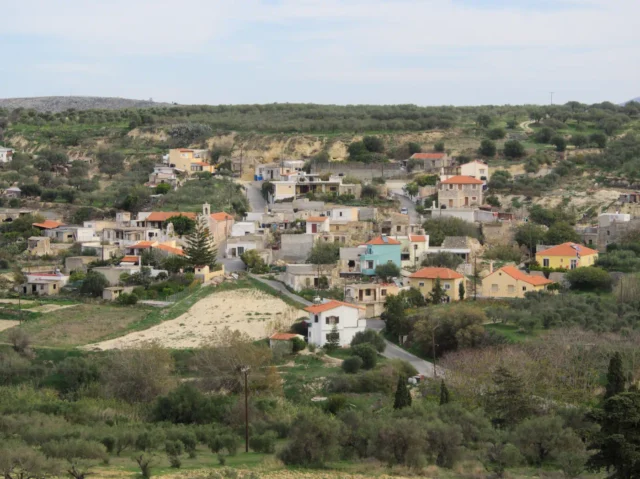

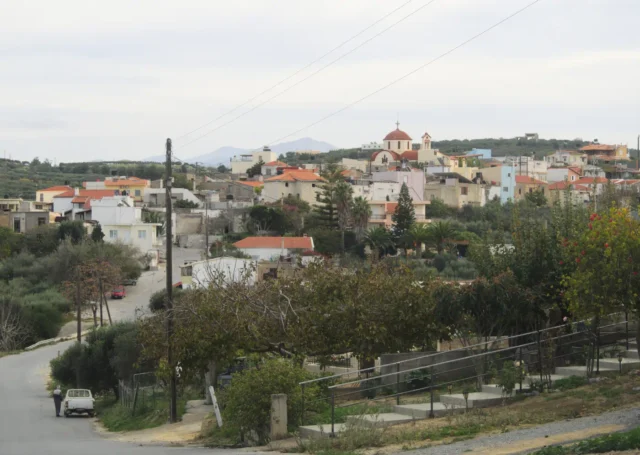
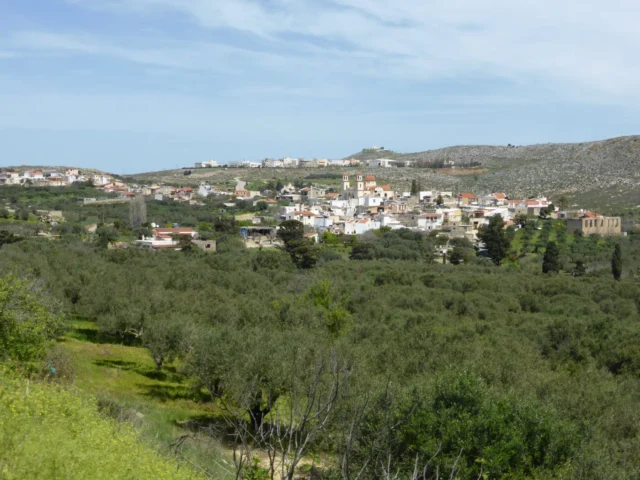
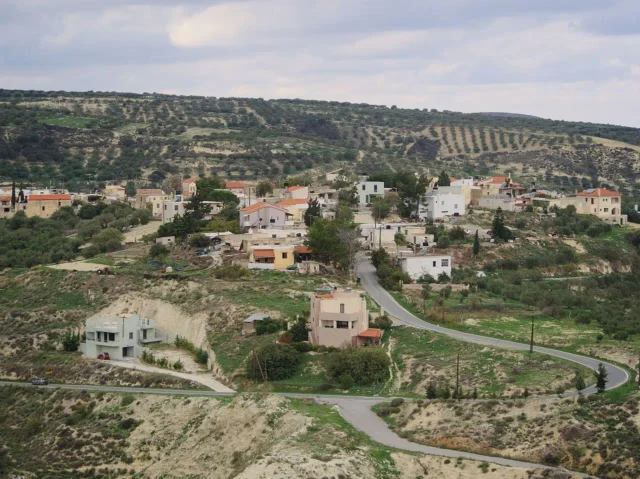



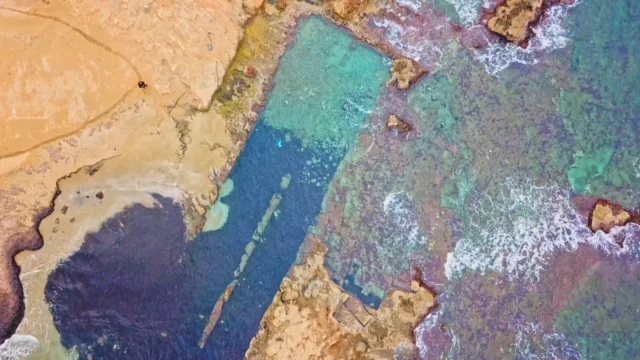

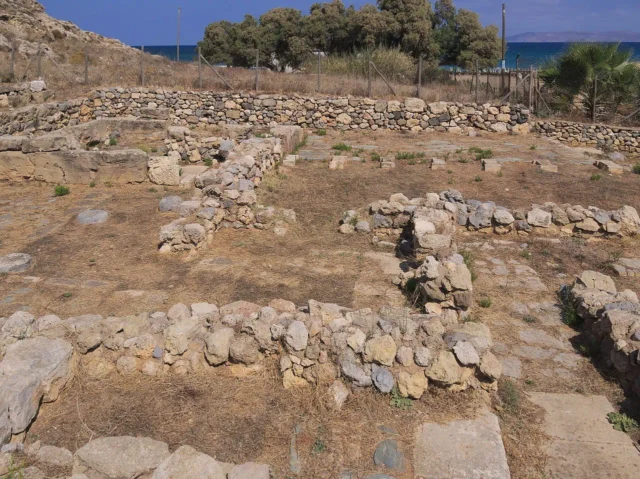

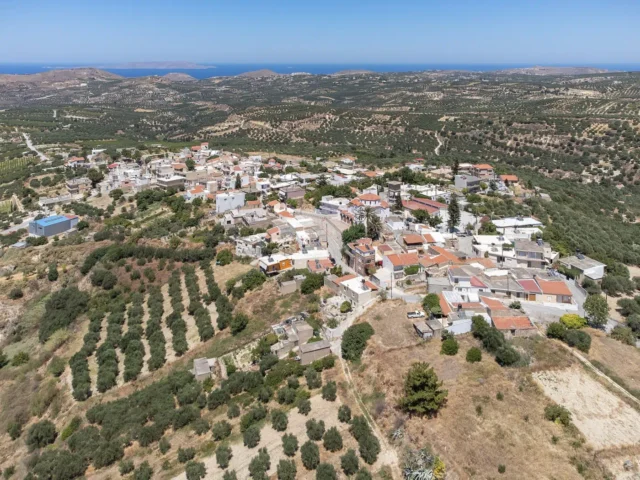

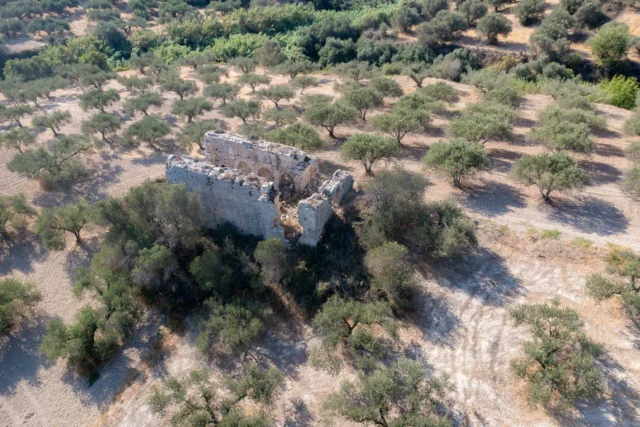
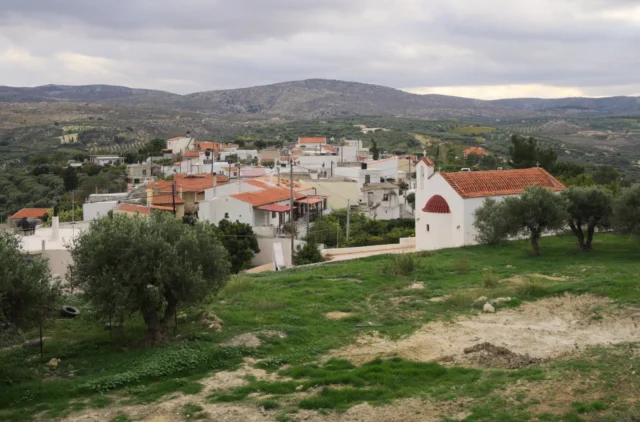

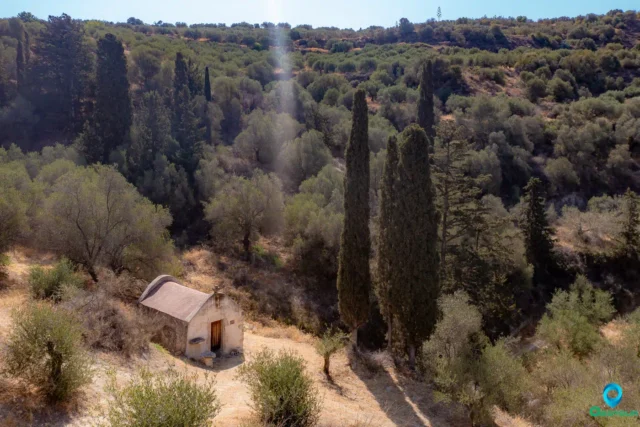
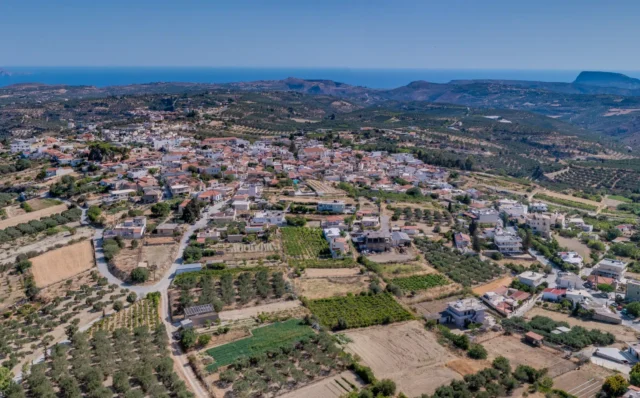
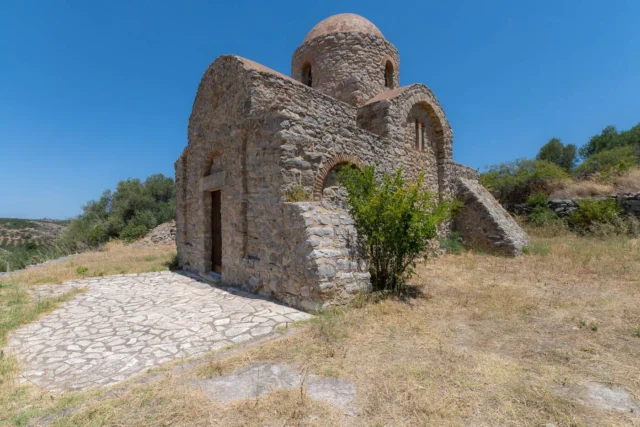


There are no comments yet.